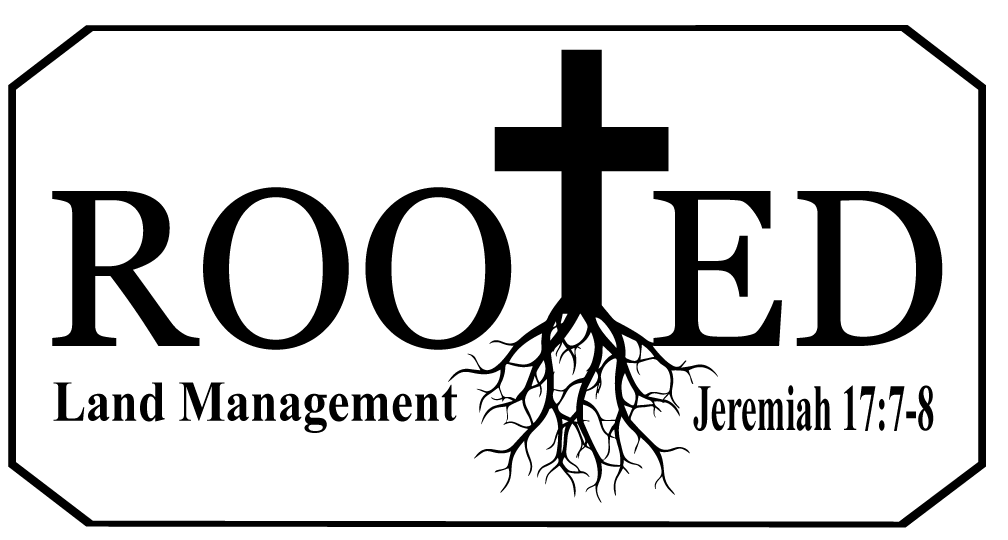Planting with Purpose: How Fruit, Oak, Chestnut, and PersimmonTrees Enhance Year-Round Wildlife Nutrition
Creating a thriving wildlife habitat takes more than simply letting the woods grow wild. One of the most effective long-term investments a landowner can make is planting a diverse array of mast- and fruit- producing trees. By strategically choosing species such as fruit trees, oaks, chestnuts, and persimmons, you can provide high-quality nutrition throughout the year—improving herd health, increasing wildlife activity, and enhancing hunting opportunities on your recreational property.
The Importance of Year-Round Nutrition
Wildlife, especially whitetail deer and wild turkeys, need reliable food sources throughout all seasons—not just during hunting season. When natural food sources decline during late winter or dry summer months, supplemental mast and fruit trees can fill in critical nutritional gaps. This consistent availability leads to healthier does, stronger fawns, heavier antler growth, and more frequent wildlife sightings.
- Fruit Trees: Early- and Mid-Season Energy Boost
Examples: Apple, pear, crabapple, plum
Fruit trees are a powerhouse for attracting and sustaining deer and other wildlife during late summer and early fall when bucks are finishing antler growth and does are still lactating. Apples and pears, in particular, provide sugar-rich energy that helps build fat reserves for the coming winter.
Benefits:
- Attracts deer during daylight hours in bow season
- Provides immediate browse and fallen fruit
- Highly attractive to bears, raccoons, and turkeys as well
Tip: Choose disease-resistant varieties and plant in clusters for better pollination. Use tree tubes and fencing to protect young trees from browse damage.
- Oak Trees: The Backbone of Fall Forage
Examples: White oak, red oak, swamp chestnut oak, bur oak
Oaks are perhaps the most important mast-producing tree for wildlife. Their acorns are a staple food source during the fall and early winter, offering a high-fat, high-carb diet that supports energy needs as temperatures drop.
Benefits:
- White oaks drop earlier with sweeter, more digestible acorns
- Red oaks drop later and last longer, extending food availability into late season
- Oaks support a wide variety of wildlife, from deer to squirrels to wild turkeys
Tip: Plant a mix of white and red oak species for staggered acorn drop times and long-term yield diversity.
- Chestnut Trees: Fast-Growing, High-Protein Mast
Examples: American-Chinese hybrid chestnut, Dunstan chestnut
Chestnuts are making a strong comeback as a preferred mast crop. Unlike acorns, chestnuts are much higher in carbohydrates and protein, and deer tend to prefer them due to their low tannin content.
Benefits:
- Begin producing nuts in as little as 3–5 years
- Offer superior protein content (up to 10%) compared to acorns
- Drop in early to mid-fall, overlapping with apple and oak availability
Tip: Plant in well-drained soil with plenty of sunlight. Chestnuts are less tolerant of poor drainage compared to oaks.
- Persimmon Trees: Sweet Late-Season Magnet
Examples: American persimmon, early-ripening cultivars
Persimmons are a highly attractive late-season food source, often dropping fruit from mid-fall through early winter. Their sweet, soft fruit can be a magnet for deer when other food is scarce.
Benefits:
- Extends the forage window into the rut and post-rut period
- Highly palatable and sought after by deer and raccoons
- Often found in natural hardwood edges—planting more enhances
attraction
Tip: Plant both male and female trees for fruit production, or select grafted female cultivars. Avoid low-lying areas prone to frost.
Maximizing the Impact
To fully benefit from tree planting for wildlife nutrition:
- Diversify: Mix species with varied drop times for season-long forage
- Strategize: Plant near bedding areas, travel corridors, and open plots
- Protect: Use cages or guards during the first 5–7 years
- Plan Ahead: Trees are a long-term investment—begin now for benefits in years to come
Conclusion
By planting a variety of fruit, oak, chestnut, and persimmon trees, you’re not only improving your land for wildlife—you’re creating a more dynamic, self-sustaining ecosystem that supports healthy animal populations year-round. Over time, these trees will become key features of your habitat management plan and can make a noticeable difference in the quality of hunting and overall wildlife health on your property.
For information on where you can get your hands on these trees and getting them planted on your property, give Rooted Land Management a call at 256-684-1645 or email them at info@rootedlandmgt.com.
Brady Willcutt
Owner
Rooted Land Management
